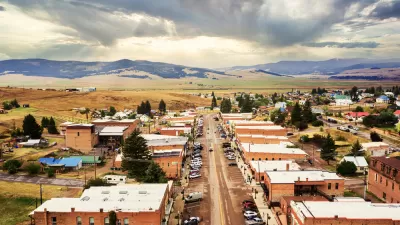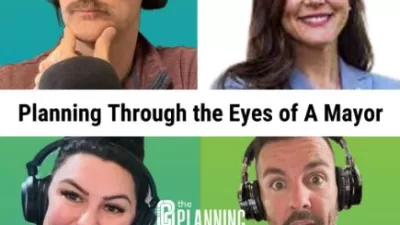A recent editorial in Atlantic Cities laments the regulations and policies that have, according to the author, driven up the costs of infrastructure investments in the United States.
Scott Beyer launches his investigation into the high costs of infrastructure with an acknowledgement of the difficult partisanship that has crippled infrastructure development in recent decades. Beyer’s insight into the gridlock: the political discord comes down to a question of how to operate the infrastructure once it's been delivered.
The crux of Beyer’s examination is a list of policies, imposed by the federal government and, according to Beyer, strengthened by the Obama Administration. The list includes Davis-Bacon Laws, environmental reviews, and project labor agreements. After detailing the items on the list, Beyer poses the question of whether the secondary policy goals of employment and unionization should come at the expense of building or maintaining infrastructure.
Writing for The Week, Ryan Cooper recently provided another take on the high cost of infrastructure.
FULL STORY: 7 Reasons U.S. Infrastructure Projects Cost Way More Than They Should

Alabama: Trump Terminates Settlements for Black Communities Harmed By Raw Sewage
Trump deemed the landmark civil rights agreement “illegal DEI and environmental justice policy.”

Planetizen Federal Action Tracker
A weekly monitor of how Trump’s orders and actions are impacting planners and planning in America.

The 120 Year Old Tiny Home Villages That Sheltered San Francisco’s Earthquake Refugees
More than a century ago, San Francisco mobilized to house thousands of residents displaced by the 1906 earthquake. Could their strategy offer a model for the present?

Indy Neighborhood Group Builds Temporary Multi-Use Path
Community members, aided in part by funding from the city, repurposed a vehicle lane to create a protected bike and pedestrian path for the summer season.

Congestion Pricing Drops Holland Tunnel Delays by 65 Percent
New York City’s contentious tolling program has yielded improved traffic and roughly $100 million in revenue for the MTA.

In Both Crashes and Crime, Public Transportation is Far Safer than Driving
Contrary to popular assumptions, public transportation has far lower crash and crime rates than automobile travel. For safer communities, improve and encourage transit travel.
Urban Design for Planners 1: Software Tools
This six-course series explores essential urban design concepts using open source software and equips planners with the tools they need to participate fully in the urban design process.
Planning for Universal Design
Learn the tools for implementing Universal Design in planning regulations.
Clanton & Associates, Inc.
Jessamine County Fiscal Court
Institute for Housing and Urban Development Studies (IHS)
City of Grandview
Harvard GSD Executive Education
Toledo-Lucas County Plan Commissions
Salt Lake City
NYU Wagner Graduate School of Public Service





























